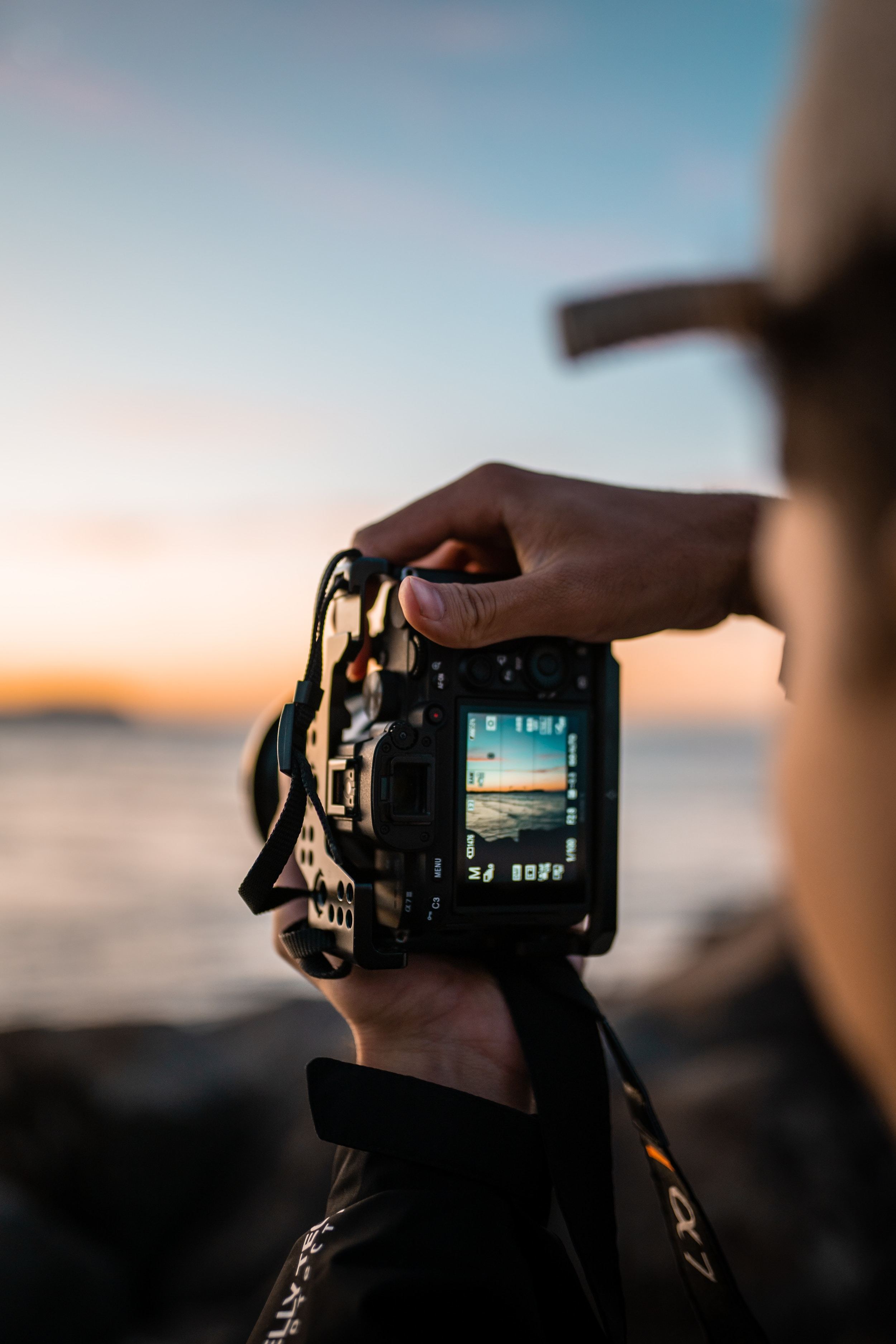DIY Photography: Tips for Capturing Stunning Shots
Photography is a powerful medium for capturing moments, telling stories, and expressing creativity. While professional photographers use high-end equipment and studios, do-it-yourself (DIY) photography offers an accessible and enjoyable way for anyone to explore the art of capturing images. Whether you're using a smartphone or a DSLR camera, there are techniques and tips that can help you elevate your photography skills and capture stunning shots. In this article, we'll delve into the world of DIY photography, offering guidance, techniques, and inspiration to help you take your photography to the next level.

The Fascination of DIY Photography
DIY photography is an attractive pursuit for several reasons:
- Accessibility: In the digital age, nearly everyone has access to a camera, whether it's a smartphone or a point-and-shoot camera. This accessibility democratizes photography.
- Creativity: DIY photography allows for unbridled creativity. You can experiment with composition, lighting, and subject matter to create unique and compelling images.
- Self-Expression: Photography is a powerful tool for self-expression. It enables you to convey emotions, tell stories, and share your perspective with the world.
- Cost-Effective: While professional photography equipment can be expensive, DIY photographers can achieve remarkable results without breaking the bank.
- Continuous Learning: Photography is an art form that offers endless opportunities for growth and improvement. There's always something new to learn and explore.
Getting Started with DIY Photography
1. Know Your Equipment
Whether you're using a smartphone, a compact camera, or a DSLR, understanding your equipment is fundamental. Read the user manual, explore the settings, and practice using your camera to become familiar with its capabilities.
2. Learn Basic Photography Techniques
Understanding key photography techniques can significantly improve your images:
- Composition: Study composition principles like the rule of thirds, leading lines, and framing to create visually appealing photographs.
- Exposure: Master the exposure triangle, which consists of aperture, shutter speed, and ISO, to control the amount of light in your images.
- Focusing: Learn how to use different focusing modes and techniques to capture sharp and well-focused images.
- White Balance: Understand white balance settings to ensure accurate colors in your photos.
3. Experiment with Lighting
Light is a critical element in photography. Experiment with different types of lighting, such as natural light, artificial light, and low-light conditions. Learn to control and manipulate light to achieve the desired mood and atmosphere in your photographs.
4. Explore Post-Processing
Post-processing allows you to enhance and refine your images using software like Adobe Lightroom or Photoshop. Learn basic editing techniques, such as adjusting exposure, contrast, and color balance.
5. Shoot in RAW Format (If Possible)
If your camera supports it, consider shooting in RAW format. RAW files contain more data and provide greater flexibility in post-processing, allowing you to recover details and correct exposure issues.
DIY Photography Tips
1. Rule of Thirds
Divide your frame into thirds both horizontally and vertically, creating a grid. Place your subject or points of interest along these gridlines or at their intersections to create visually balanced and engaging compositions.
2. Use Leading Lines
Leading lines are natural or man-made lines within a photograph that lead the viewer's eye to a specific point of interest. Incorporate roads, rivers, or architectural elements to guide the viewer's gaze.
3. Experiment with Perspectives
Don't be afraid to change your perspective. Try shooting from high above or getting down low to capture unique angles and viewpoints of your subject.
4. Play with Depth of Field
Control the depth of field to emphasize your subject by using a wide aperture (small f-number) for a shallow depth of field or a narrow aperture (large f-number) for a deep depth of field.
5. Capture Candid Moments
Some of the most genuine and captivating photographs are taken when people are unaware of the camera. Be patient and ready to capture candid moments.

Conclusion
DIY photography is a wonderful journey of self-expression, creativity, and continuous learning. Whether you're capturing everyday moments, exploring new places, or telling compelling stories through your images, photography offers endless opportunities for growth and improvement. By understanding your equipment, learning fundamental techniques, and experimenting with different approaches, you can elevate your photography skills and capture stunning shots that resonate with you and your audience. So, grab your camera, embrace the world of DIY photography, and let your creativity shine through the images you create.